Table of Contents
What Is Panca Chili?
Panca chili (Capsicum annuum) is a deep red Peruvian pepper known for its smoky, sweet flavor and mild heat (1,000–2,500 SHU). It's a staple in traditional dishes like ají de gallina and rocoto relleno, offering rich complexity without overwhelming spice.
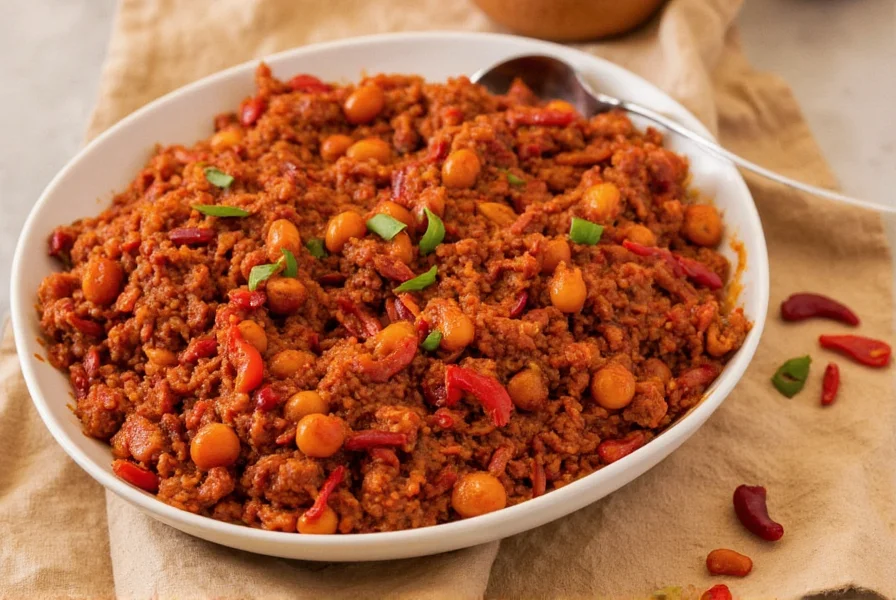
Unlike the fiery habanero or jalapeño, panca emphasizes flavor depth over intense heat. It has gained global recognition among chefs and home cooks for its versatile culinary applications.
Flavor Profile & Heat Level
Panca delivers earthy sweetness with subtle berry and garlic notes. Its signature smoky aroma comes from sun-drying and light smoking during processing, creating a balanced profile perfect for layering flavors.
- Scoville Units: 1,000–2,500 SHU (mild heat)
- Taste: Smoky, sweet, slightly fruity
- Best Pairings: Garlic, cumin, vinegar, lime, potatoes, chicken, seafood
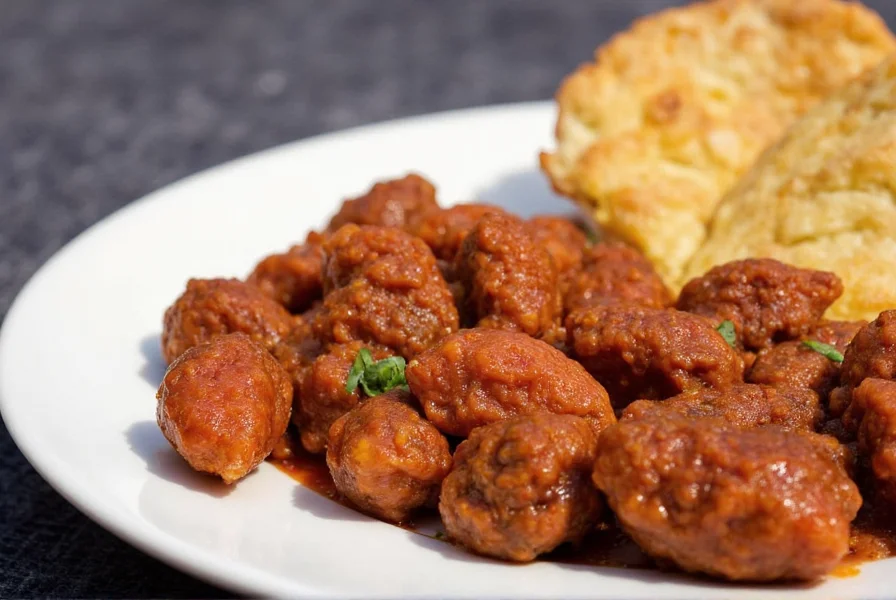
When paprika feels too mild and chipotle too intense, panca provides the ideal middle ground for complex flavor development.
How It Stacks Up Against Other Chilies
| Chili | Heat (SHU) | Flavor Notes | Common Uses |
|---|---|---|---|
| Panca | 1,000–2,500 | Smoky, sweet, fruity | Peruvian sauces, marinades, stews |
| Jalapeño | 2,500–8,000 | Grassy, bright | Salsas, nachos, pickling |
| Habanero | 100,000–350,000 | Tropical fruit, floral | Hot sauces, Caribbean cuisine |
| Chipotle | 2,500–8,000 | Smoky, spicy | Mexican moles, meats, soups |
| Paprika | 0–1,000 | Sweet, earthy | Goulash, paella, garnish |
Panca's balanced heat and flavor complexity make it ideal for dishes requiring depth without overpowering spice.
5 Creative Ways to Use Panca Chili in Your Kitchen
- Make Your Own Ají Panca Sauce – Blend it with garlic, olive oil, vinegar, and bread for a creamy sauce perfect for grilled meats or fish.
- Add It to Roasted Vegetables – Mix with olive oil before roasting carrots, potatoes, or cauliflower to enhance natural sweetness.
- Boost Your Marinades – Combine with cumin, soy sauce, and lime juice for chicken, beef, or tofu marinades.
- Spice Up Popcorn – Toss with melted butter, panca powder, and Parmesan for a savory snack.
- Upgrade Your Bloody Mary – Add a pinch to tomato mix for smoky complexity that complements horseradish.
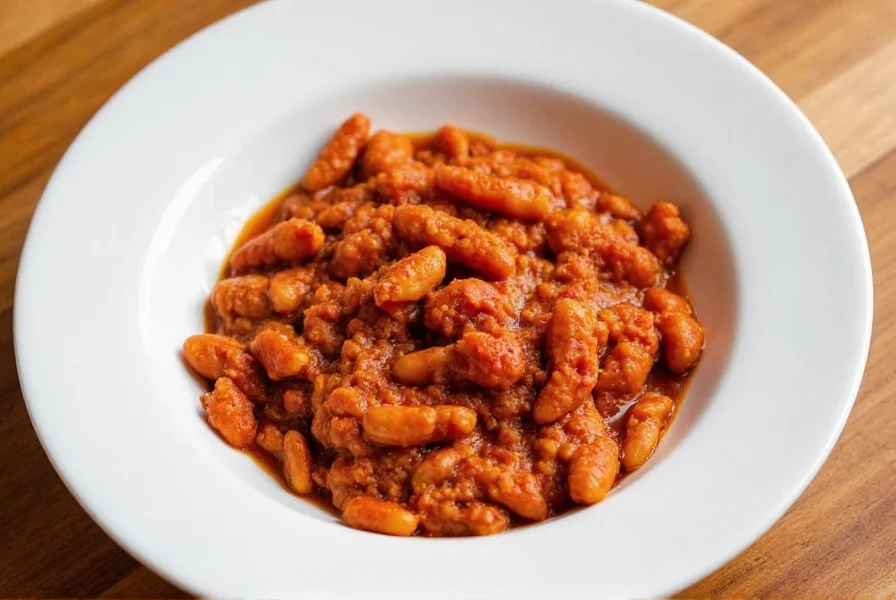
Buying Guide: What to Look For
Whole Dried Chilies
- Look for: Deep reddish-brown color, pliable texture, no mold or fading
- Use for: Homemade pastes, oil infusions, custom spice blends
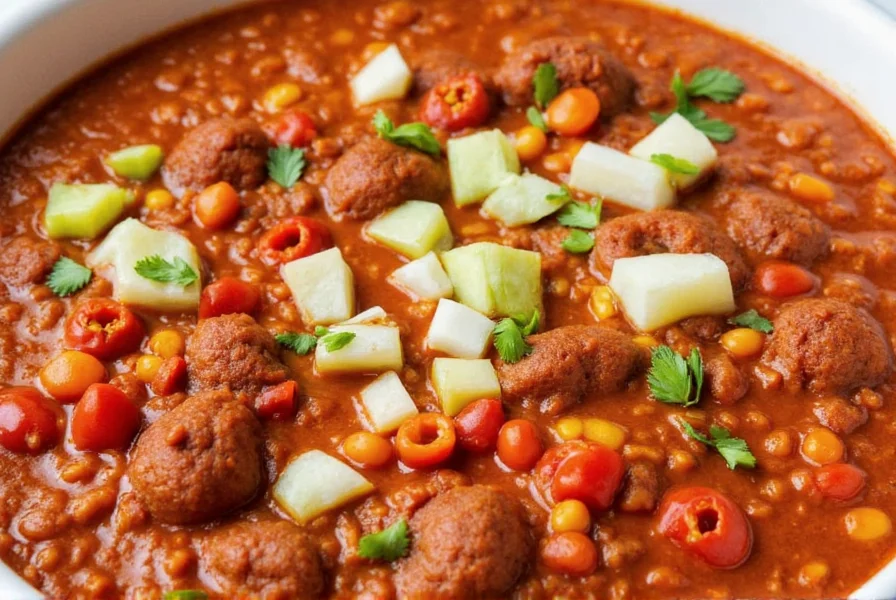
Panca Paste
- Top Brands: AmoreAji, Inca Organics, Ají Verde
- Features: Concentrated flavor; refrigerated storage; versatile for sauces and marinades
Panca Powder
- Pros: Versatile, shelf-stable, easy to blend into rubs
- Cons: Loses potency if not stored properly
- Best For: Baking, meat seasonings, spice mixes like adobo
Target Audience and Best Uses
- Home Cooks: Exploring international flavors with minimal heat
- Professional Chefs: Adding authentic Peruvian depth to dishes
- Gift-Givers: Ideal for food enthusiasts and spice collectors
Storage Tips for Long-Lasting Flavor
- Dried Whole Peppers: Airtight containers away from light/moisture; lasts up to 1 year
- Powdered Panca: Cool, dark pantry; use within 6 months for peak potency
- Pasta/Paste: Refrigerate after opening; lasts 4–6 weeks
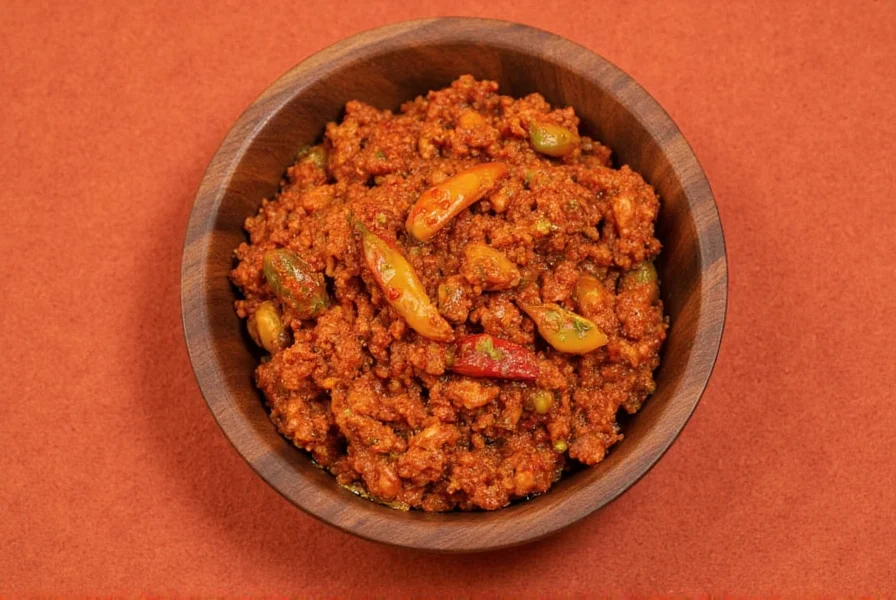
Frequently Asked Questions
What exactly is panca chili and how is it different from other Peruvian chilies?
Panca chili (Capsicum annuum) is a deep red Peruvian pepper known for its smoky, sweet, and slightly fruity flavor with moderate heat (1,000-2,500 SHU). It's distinct from rocoto (much hotter) or ají amarillo (more floral). Sun-drying and light smoking create its signature earthy depth, perfect for sauces and stews without overwhelming heat.
Why does panca chili have such a distinctive smoky flavor?
The smoky flavor comes from traditional sun-drying followed by light smoking during processing. This concentrates sugars while developing complex smoky notes, creating a unique earthy-sweet profile that distinguishes panca from other mild chilies.
Can I substitute panca chili with something more readily available?
Yes, but with adjustments. The closest substitute is a blend of ancho chili powder (for fruitiness) and smoked paprika (for smokiness). Chipotle is too hot, while regular paprika lacks depth. For sauces, use 1 tbsp ancho powder + ½ tsp smoked paprika per 1 tbsp panca paste. The unique balance of mild heat and complex flavor is hard to perfectly replicate.
Is panca chili the same as aji panca?
Yes, "panca chili" and "aji panca" refer to the same ingredient. "Aji" means "chili" in Quechua (Andean indigenous language). It's labeled as "aji panca" in Latin American markets and "panca chili" in specialty spice shops, but both describe the same deep red Peruvian chili with smoky-sweet flavor.
How can I tell if my panca chili product is fresh and high quality?
For paste: Deep burgundy color (not brown), rich smoky-sweet aroma, smooth consistency. For powder: Vibrant red (not dull), fragrant smell, leaves slight oily residue when rubbed. Whole chilies should be flexible (not brittle), deep color, and free from mold or insect damage.
What are traditional Peruvian dishes that specifically require panca chili?
Panca is essential in Ají de Gallina (creamy chicken stew), Rocoto Relleno (stuffed peppers), Papa a la Huancaína (potato dish), and Anticuchos (Peruvian skewers). It's also used in adobo marinades and stews where its mild heat and complex flavor enhance other ingredients without dominating them.
Final Thoughts: Why You Should Get to Know Panca
In the world of chilies, panca offers unique value through its perfect balance of flavor and mild heat. It delivers authentic Peruvian depth to dishes without overwhelming spice, making it ideal for both traditional recipes and creative fusion cooking.
Next time you reach for standard chili powders, try panca instead. Its versatile smoky-sweet profile will transform everyday meals into memorable culinary experiences.

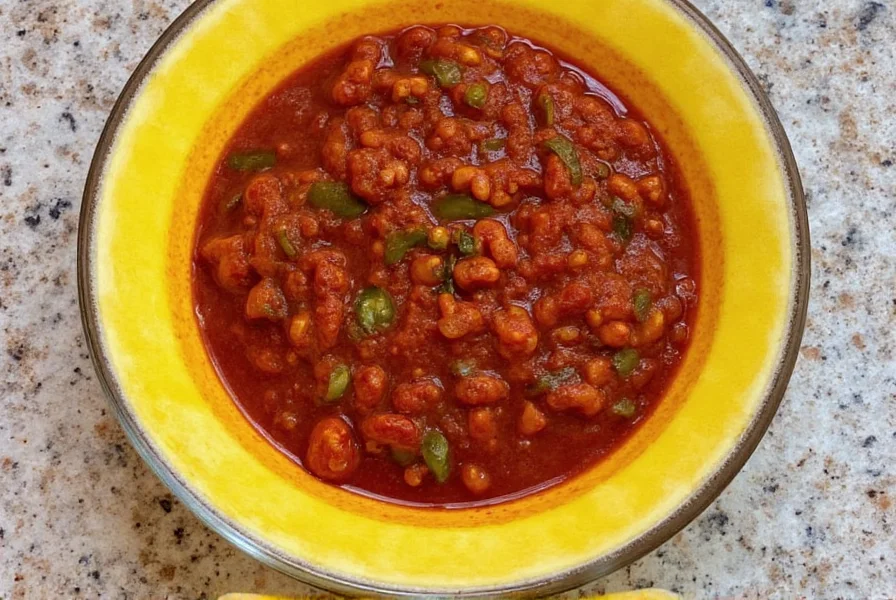









 浙公网安备
33010002000092号
浙公网安备
33010002000092号 浙B2-20120091-4
浙B2-20120091-4